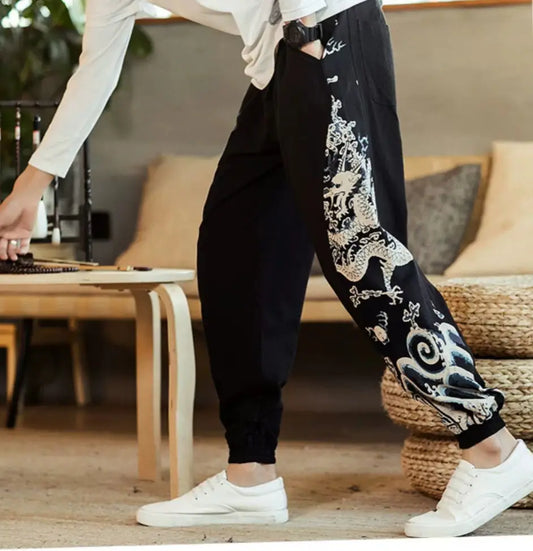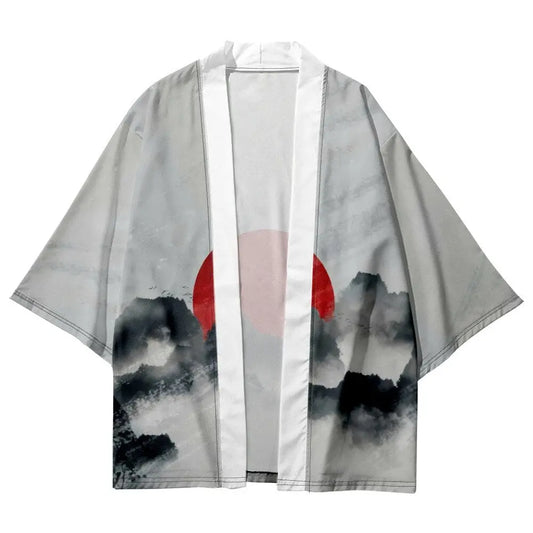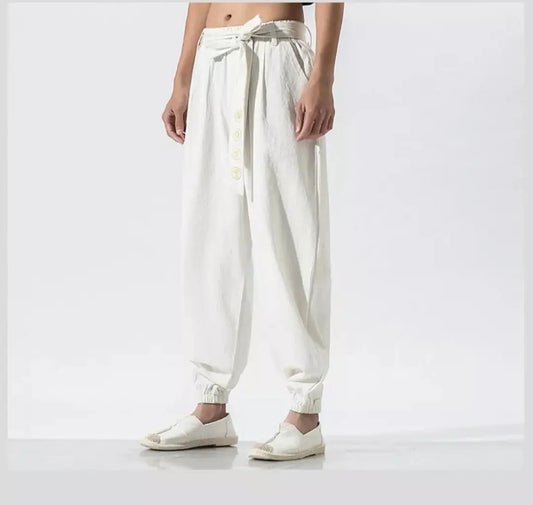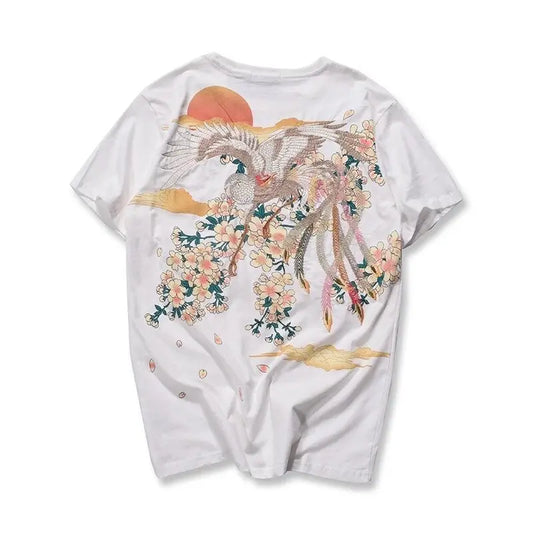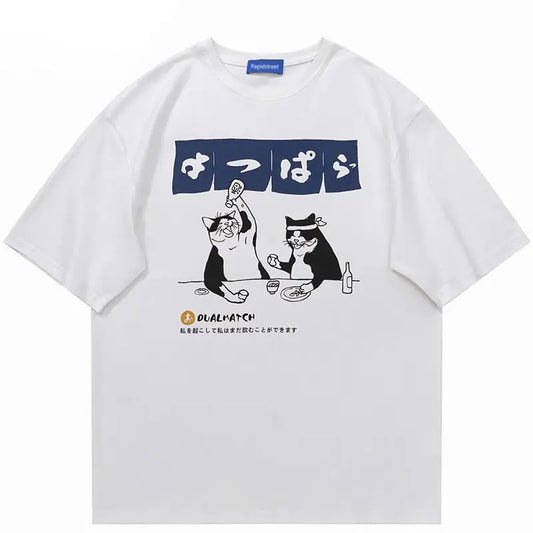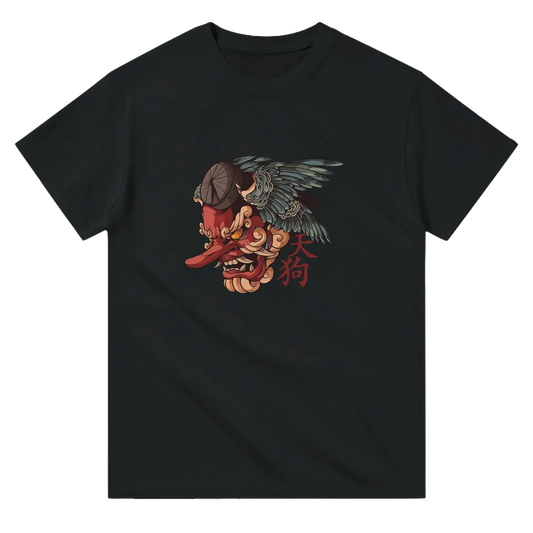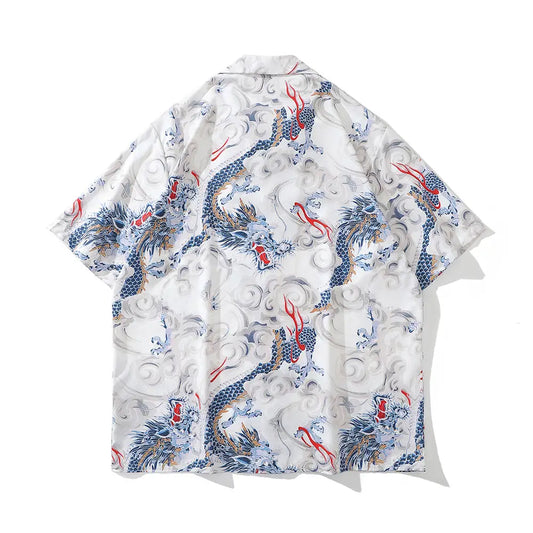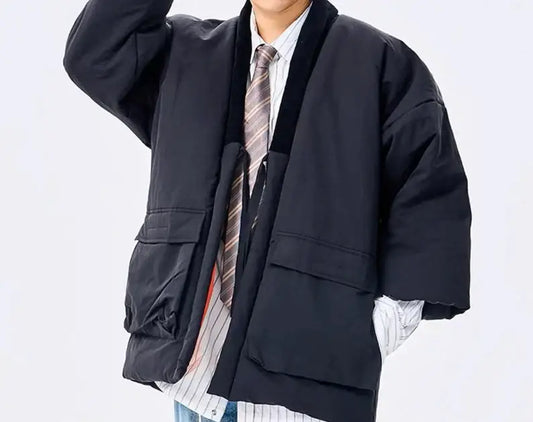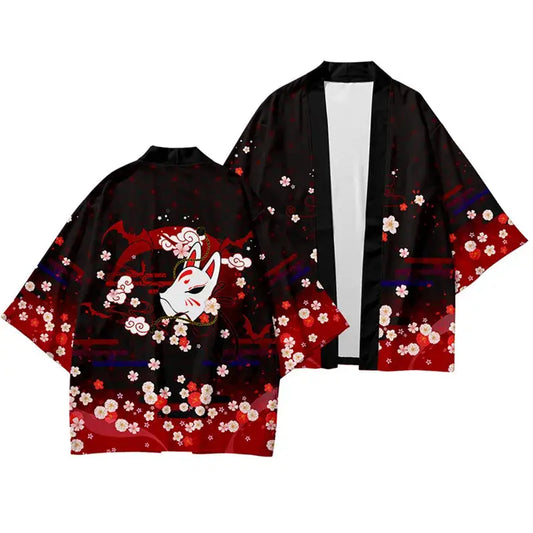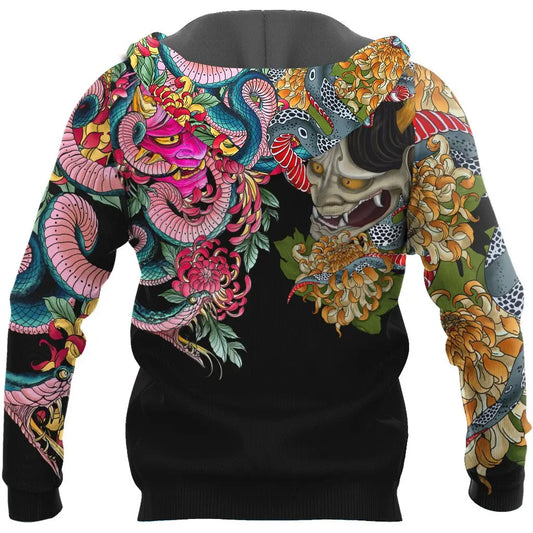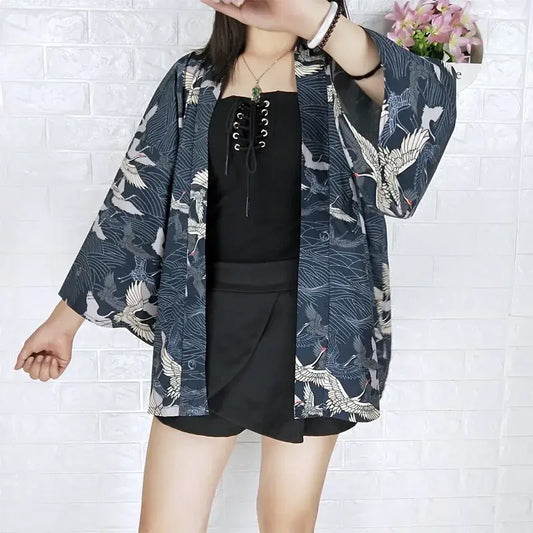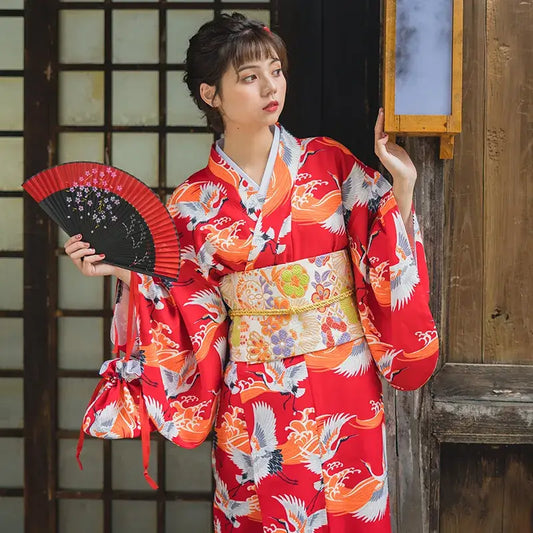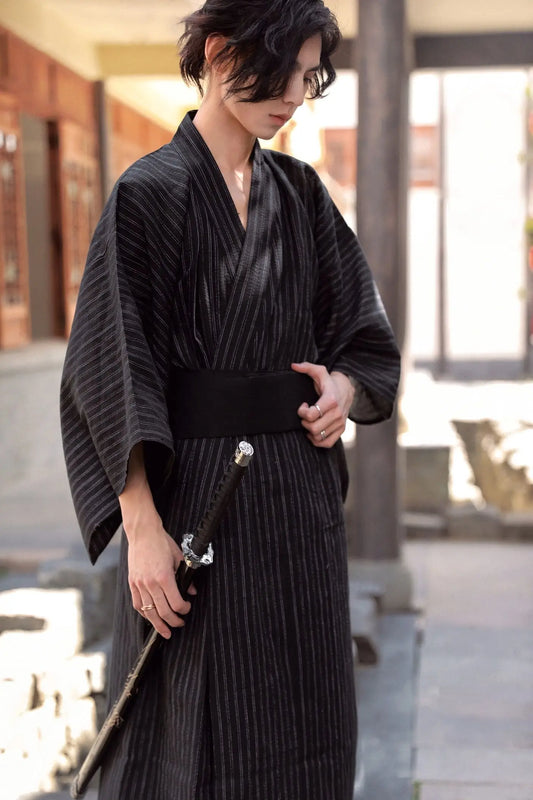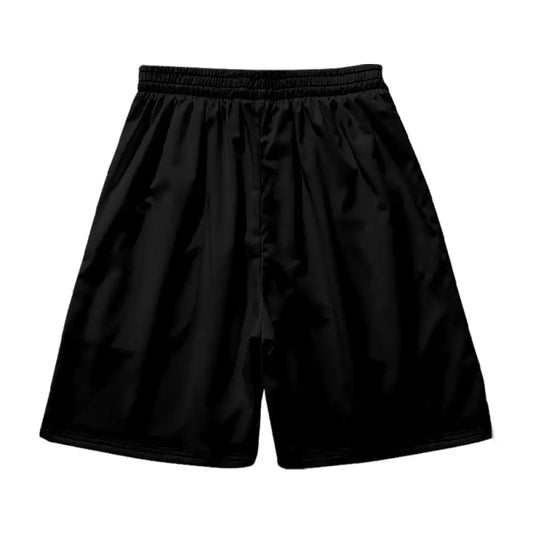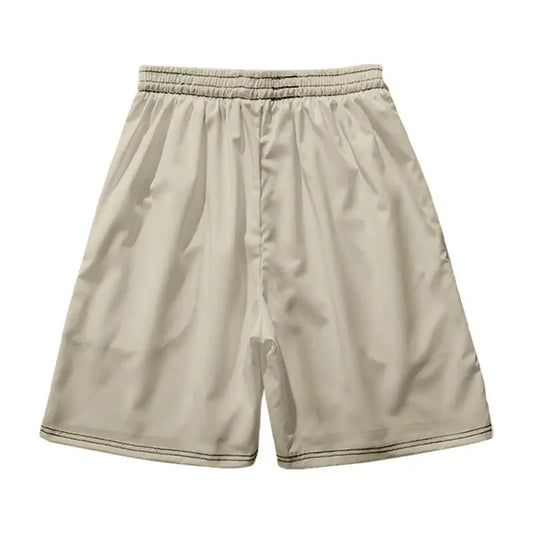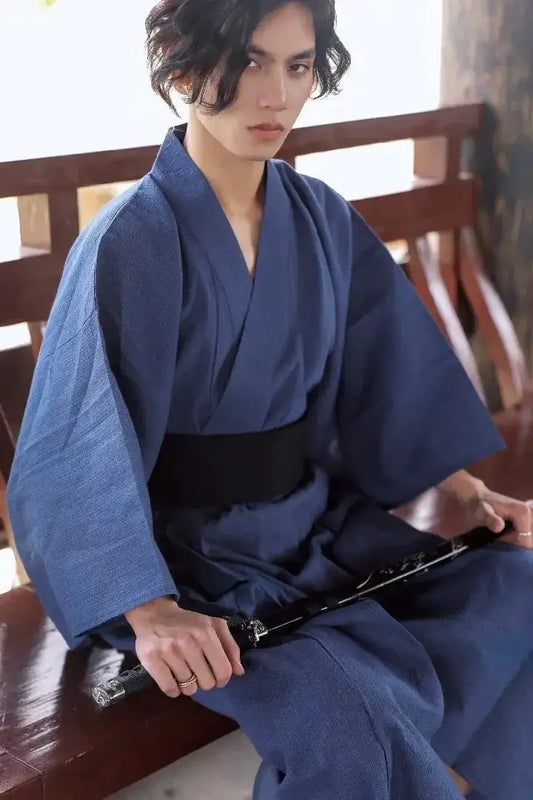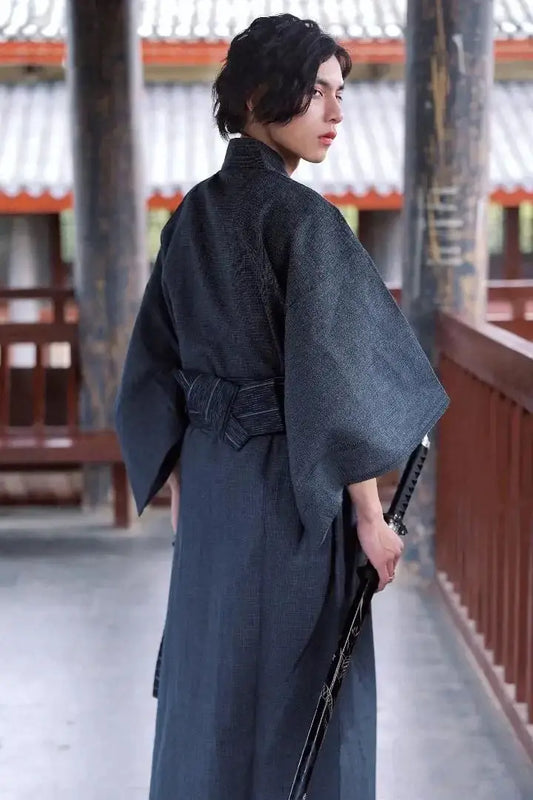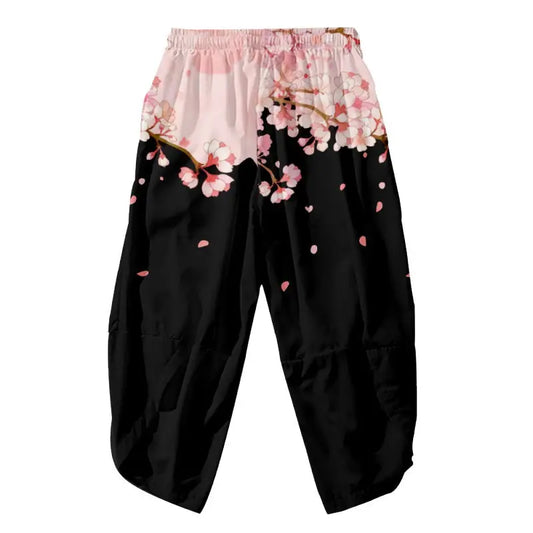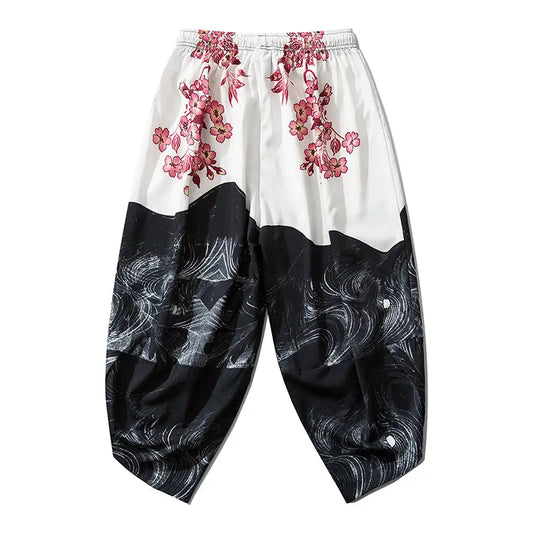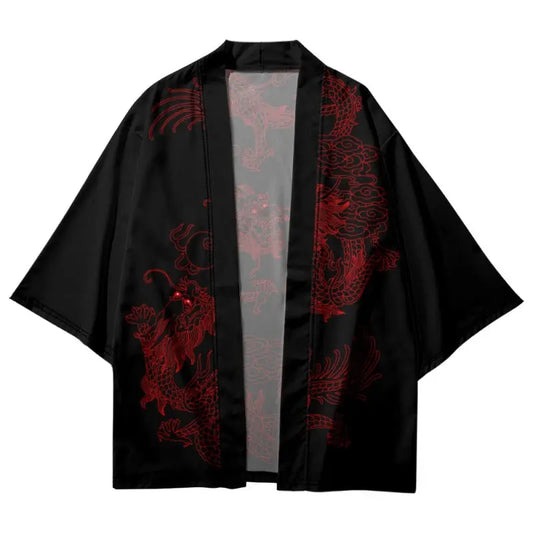Collection: Japanese Clothing
-
Japanese Dragon Sleeve Hoodie
Regular price 62$ USDRegular priceUnit price / per -
Cherry Blossom Kitsune Fox Hoodie
Regular price 62$ USDRegular priceUnit price / per -
Kanagawa Wave Dragon Pants
Regular price 53$ USDRegular priceUnit price / per -
Make Tea not War T-Shirt
Regular price 34$ USDRegular priceUnit price / per -
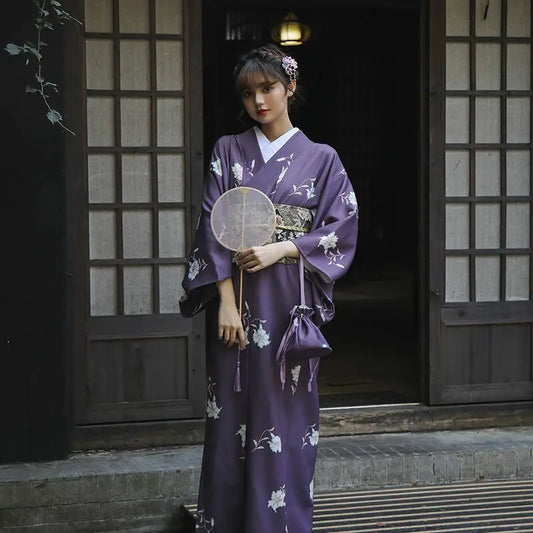
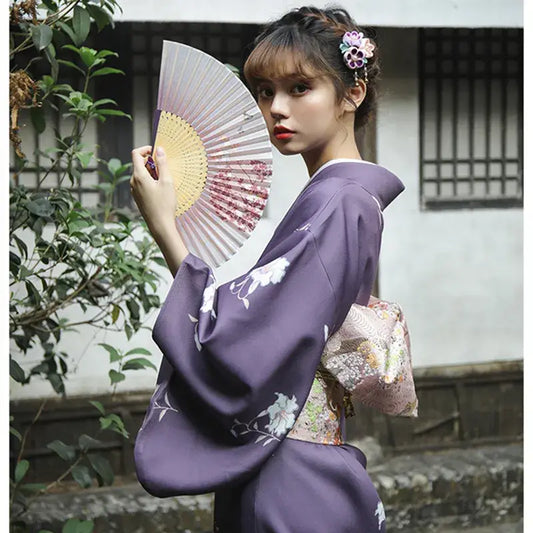 Sold out
Sold outWhite Floral Purple Women's Kimono
Regular price 180$ USDRegular priceUnit price / per -
Japanese Sun Haori
Regular price 35$ USDRegular priceUnit price / per -
Golden Warrior Samurai Pants
Regular price 53$ USDRegular priceUnit price / per -
Evangelion NG T-Shirt
Regular price 34$ USDRegular priceUnit price / per -
Hajime Sorayama Retro Future T-Shirt
Regular price 34$ USDRegular priceUnit price / per -
Sakura Crane Bird Embroidery T-Shirt
Regular price 38$ USDRegular priceUnit price / per -
Funny Cat in Bag Kanji T-Shirt
Regular price 32$ USDRegular priceUnit price / per -
Izakaya Cats Vintage T-Shirt
Regular price 32$ USDRegular priceUnit price / per -
Retro Vegeta Gym Bag
Regular price 38$ USDRegular priceUnit price / per -
Mythical Tengu T-Shirt
Regular price 26$ USDRegular priceUnit price / per -
Akatsuki Tiger Haori
Regular price 35$ USDRegular priceUnit price / per -
Onna-Bugeisha Temple Haori
Regular price 35$ USDRegular priceUnit price / per -
Celestial Dragons Shirt
Regular price 38$ USDRegular priceUnit price / per -
Red Women Black Geta Sandals
Regular price 42$ USDRegular priceUnit price / per -
Men's Black Hanten Jacket
Regular price 224$ USDRegular priceUnit price / per -
Red Kitsune Clouds Haori Pants Set
Regular price 62$ USDRegular priceUnit price / per -
Sakura Kitsune Haori Pants Set
Regular price 62$ USDRegular priceUnit price / per -
Serpentine Shadows Irezumi Hoodie
Regular price 44$ USDRegular priceUnit price / per -
Birds Navy Women's Kimono Jacket
Regular price 50$ USDRegular priceUnit price / per -
Crane Birds Red Women's Kimono
Regular price 180$ USDRegular priceUnit price / per -
Black Traditional Men Kimono
Regular price 85$ USDRegular priceUnit price / per -
Koi Fish Lotus Shorts
Regular price 35$ USDRegular priceUnit price / per -
Hannya Demon Shorts
Regular price 33$ USDRegular priceUnit price / per -
Oni Demon Cloud Shorts
Regular price 33$ USDRegular priceUnit price / per -
Black Dragon Cloud Shorts
Regular price 33$ USDRegular priceUnit price / per -
Royal Blue Traditional Men Kimono
Regular price 85$ USDRegular priceUnit price / per -
Charcoal Navy Traditional Men Kimono
Regular price 85$ USDRegular priceUnit price / per -
Stripes Dots Traditional Men Kimono
Regular price 120$ USDRegular priceUnit price / per -
Sakura Tree Harem Pants
Regular price 38$ USDRegular priceUnit price / per -
Dragons Wave Kanji Harem Pants
Regular price 38$ USDRegular priceUnit price / per -
Sakura Blossom Colorblock Harem Pants
Regular price 38$ USDRegular priceUnit price / per -
Red Dragons Haori
Regular price 35$ USDRegular priceUnit price / per
Receive Updates Straight to Your Inbox 📩
Be the first to know about new releases and exclusive offers.
Adorn the Art of the Rising Sun with Japanese Clothing
In the world of fashion, Japanese clothing stands apart with its unique blend of tradition, elegance, and style. It's more than just attire—it's an art form, a testament to the rich cultural heritage and aesthetics of Japan.
Japanese clothing, from the timeless Kimono and Yukata to the comfortable Jinbei and Haori, showcases the fusion of practicality and aesthetics. Each piece is carefully crafted, often using natural materials like silk, cotton, and wool, offering both comfort and style.
Each garment is a testament to the ingenuity and craftsmanship of Japanese artisans. Meticulous attention to detail, from the selection of the fabric to the intricate patterns and dyeing techniques, result in clothing that is as stunning to look at as it is comfortable to wear.
But Japanese clothing isn't only about appearance—it also carries a cultural significance. The different styles, patterns, and colors can signify seasons, status, or occasions. Wearing traditional Japanese clothing is, in essence, wearing a piece of Japanese culture and history.
Owning Japanese clothing is about embracing this culture—it's about immersing yourself in the rich tapestry of Japanese tradition and style. Whether you're attending a traditional festival, looking for a unique fashion statement, or simply appreciate the comfort and style of these garments, Japanese clothing can enrich your wardrobe.
Step into the world of Japanese clothing today. Discover the harmony of comfort, tradition, and elegance that these unique garments offer. Whether you're a fan of traditional Japanese aesthetics or someone who appreciates unique and timeless fashion, there's a piece of Japanese clothing that's just right for you.
With Japanese clothing, you're not just wearing a garment—you're adorning a piece of Japanese history and culture. So why not add some Japanese clothing to your collection? A journey of comfort, elegance, and style awaits you.






